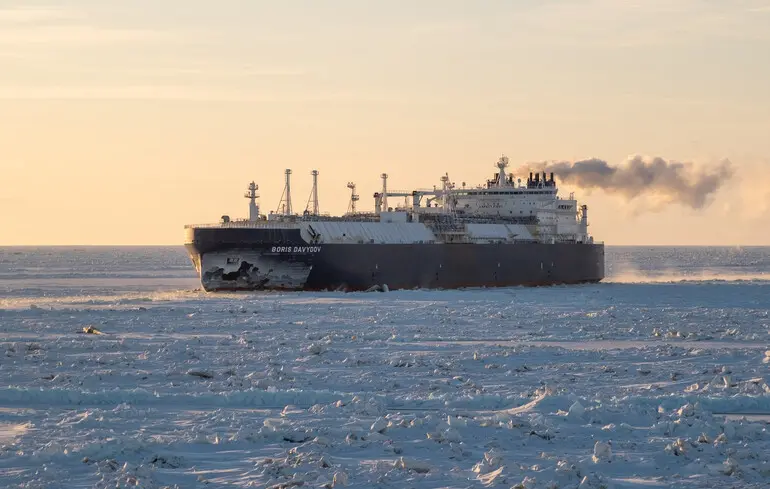International Environmental Protest in Zeebrugge Port: Greenpeace Opposes Europe’s Dependence on Russian and American Gas

In the Belgian port of Zeebrugge, a group of international activists from the organization Greenpeace staged a large-scale protest that garnered widespread public support and drew global attention to the issue of Europe’s reliance on liquefied natural gas (LNG) imports.
More than seventy participants from seventeen countries took part in the action, united by their concern for the ecological safety of our planet.
During the demonstration, activists placed enormous inflatable figures representing Russian President Vladimir Putin and U.S.
President Donald Trump on a model of one of the largest LNG carriers, symbolizing the geopolitical game that affects the world’s energy stability.In their statement, Greenpeace emphasized that despite ongoing talks within the European Union about new sanctions against Russia and efforts to reduce energy dependence, under U.S.
pressure, Europe continues to purchase significant volumes of Russian LNG.
According to Greenpeace calculations, in 2024, Europe imported over 100 billion cubic meters of LNG, with nearly half coming from the USA and about 20% from Russia.
This indicates that Moscow still benefits substantially from energy deals with European companies, as confirmed by global research analyses.In the first eight months of 2025, EU countries imported more than 12.8 billion cubic meters of Russian LNG.
Greenpeace data show that in the first half of 2025, EU nations spent approximately 4.48 billion euros on Russian gas imports, which is nearly 30% more than in the same period of 2024.
Overall, the EU purchased LNG worth over 26.9 billion euros, over half of which came from the USA.
EU Energy Commissioner Anna-Kaisa Itkonen stated that in September 2025, eight EU countries — Belgium, France, Greece, Hungary, the Netherlands, Portugal, Slovakia, and Spain — continued importing Russian gas via pipelines or as LNG.
The final destinations of these supplies remain unknown, raising concerns and prompting efforts to find alternative energy sources.

